Today, I was checking my Facebook status and pictures and there is one photo that catches my attention and the caption is “Road from Manaoag to Urdaneta, Pangasinan” then I hurriedly open it and to think that it was posted by a Filipino but to my surprise it is not and it was an album posted in Matthew Westfall’s Facebook Like Page.
I looked into his Facebook Page and I found old pictures and tells a lot of history already and I can really see what Manaoag looks like before. This is the first ever photo of the old Manaoag and it’s connecting roads and it’s kinda resembles what it is today.
To see what I mean take a look on the photo below and get ready to amazed too.

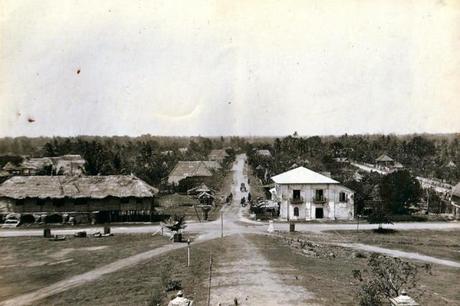 The Old Manaoag, Pangasinan from the 1900 – 1903′s [Photo credits: Matthew Westfall]
The Old Manaoag, Pangasinan from the 1900 – 1903′s [Photo credits: Matthew Westfall]

Upon looking at the picture above, I can say that this is really the town proper of Manaoag, Pangasinan because the roads connections are pretty much clear. I can say that the photographer took this picture on top of the hill facing the town or Poblacion proper. He/she is right at the Rizal Park Monument and behind him is where The Shrine of Our Lady of Manaoag Church is standing. It is possible that the church is not yet in there, I’m not sure but I may do research on that, why not but I may write a separate post on that.
To interpret what we can see on the picture, the road in the middle leads to San Jacinto, Pangasinan, see the oval track like road, the right lane the one way loop going to Baloking then again the middle going back to Poblacion if you’re coming from San Jacinto. The road on the left is your way going to Urdaneta, Pangasinan while on the right leads to Pob-Pugaro the way going to Manaoag National High School and the famous Virgin’s Well. While the narrow path on the left is the road going to Bakor Street and on the right is the road going to Pozzorubio and my beloved home town Laoac.
 Manaoag, Pangasinan – Present Time Photo by Cesar
Manaoag, Pangasinan – Present Time Photo by Cesar

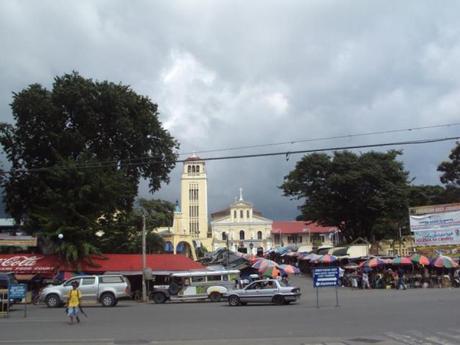 In front of the Shrine Our Lady of Manaoag Church. A photo taken by Yours Truly (@thesilentpal)
In front of the Shrine Our Lady of Manaoag Church. A photo taken by Yours Truly (@thesilentpal)

Before we discuss the next old photo. Let me tell you something about the owner of this pictures or at least the one who posted this old photos of Manaoag and that’s no other than Matthew Westfall.

Matthew Westfall is the author of THE DEVIL’S CAUSEWAY (on sale now), a filmmaker, an urbanist, and avid antiquarian.
Biography
Matthew Westfall is a writer, urbanist, and award-winning documentary filmmaker, whose films have featured narrators such as Malcolm McDowell, Willem Dafoe, and F. Murray Abraham, and have been broadcast worldwide. He has devoted much of his professional career to tackling poverty in the developing world. Based in Asia for nearly three decades, his work as a development banker addresses some of the most intractable issues in our increasingly urban world: megacities, slums, and managing the urban environment. For his documentary On Borrowed Land, executive produced by Oliver Stone and funded by the John D. and Catherine T. MacArthur Foundation, Matthew received the prestigious Paul Davidoff National Award for Advocacy Planning from the American Planning Association. Born in New York City and raised in Brookline, Massachusetts, Westfall currently resides in the Philippines with his family. He spends his free time reading, writing, and collecting as a means to explore the fascinating history of his adopted country. The Devil’s Causeway is his first work of narrative nonfiction.
ABOUT THE DEVIL’S CAUSEWAY: The True Story of America’s First Prisoners of War in the Philippines, and the Heroic Expedition Sent to Their Rescue:
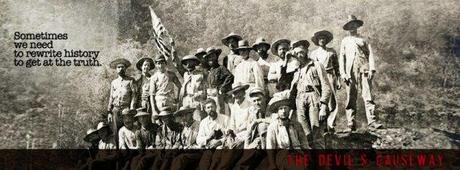
As the United States engaged in a bloody campaign to pacify its newly-won Philippines territory, a secret American mission went terribly wrong, resulting in a prisoner-of-war incident that foreshadowed World War II, Korea, and Vietnam. What happened next was an epic struggle for survival, a test of the human will to live, and ultimately, a crucible for heroes. Their captivity and the torturous expedition sent to the American POWs‘ rescue, recalled today as one of the greatest marches in U.S. Army history, features a tightly-hewn cast of characters . A sweeping military epic drawing on international primary sources, The Devil’s Causeway tells their extraordinary story in its entirety for the first time.

Now that you learn something about Matthew Westfall and his book, let me show another nostalgic photo that I grabbed from his Facebook page, a road going from Manaoag going to Urdaneta City. I will look for that book and read it one day and I hope you do get a copy too.
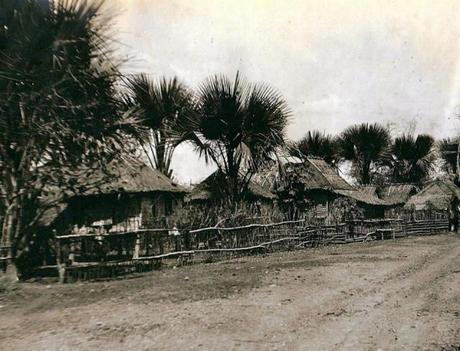
On this next photo you can see the old dirt road from Manaoag going to Urdaneta City. I don’t know what Barangay or street is this and I’m still awaiting from the author’s reply if he will remember where was this. I hope so.

The next photo below is a bridge connecting Mangaldan and San Jacinto, Pangasinan
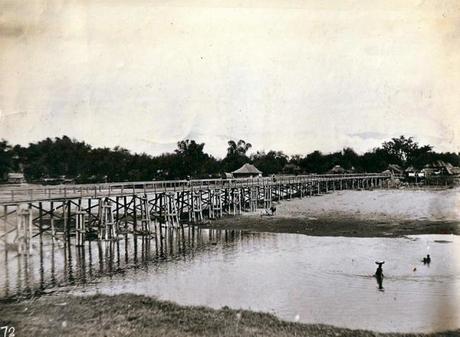
I believe this is the bridge from Embarcadero, Mangaldan going to San Jacinto, Pangasinan.
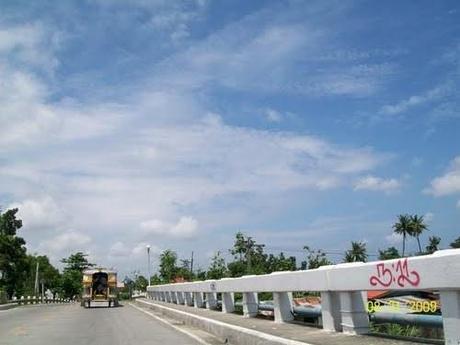
The Embarcadero Bridge – Present Time [Photo Courtesy of Boyette A at panoramio.com]
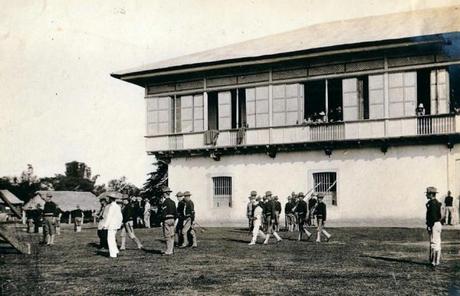
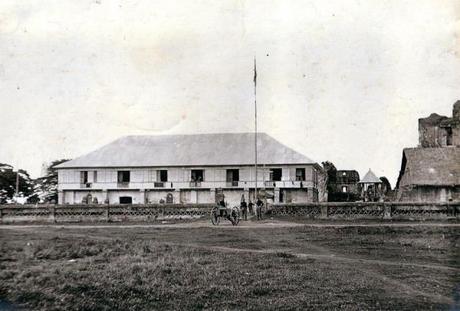
I only not found photos of places but also pictures of culture, vehicles etc. Another interesting photo album brought home from the Philippines by a US Army officer. Frederick Frasier Black, born in Searsport, Maine on September 26, 1876, served as a 2nd lieutenant in the 10th Infantry. Black was first posted in Northern Luzon and then Zamboanga, Mindanao over the course of three years, from 1900 to 1903. Black went on to serve in World War I, with the rank of lieutenant colonel. In August and September 1918, he commanded the 20th and 21st Machine Gun Battalions, 7th Division, at Sennevoy-le-Bas, France. A selection of photos are posted here with the original captions from the album.
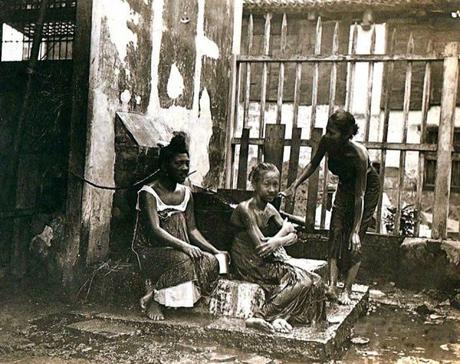
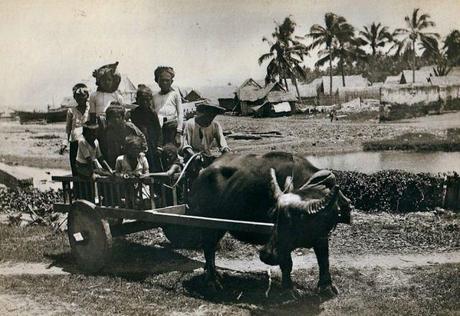
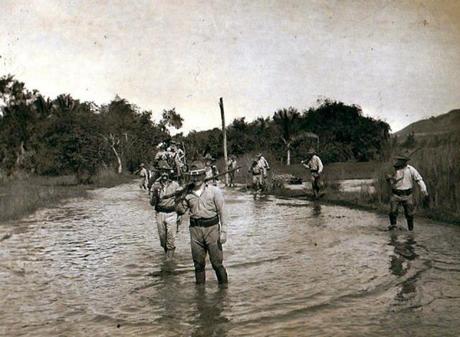
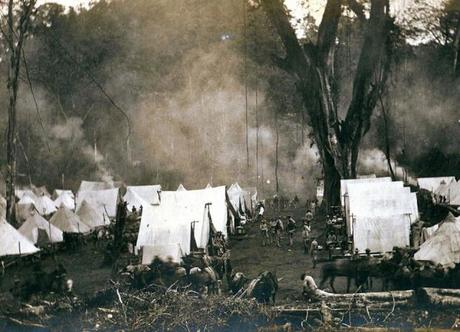
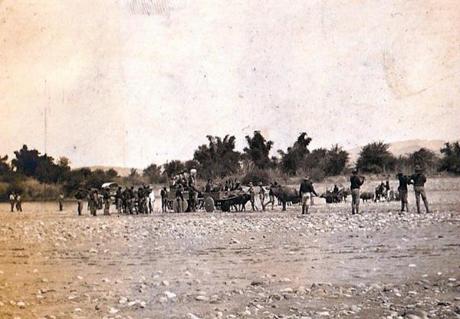
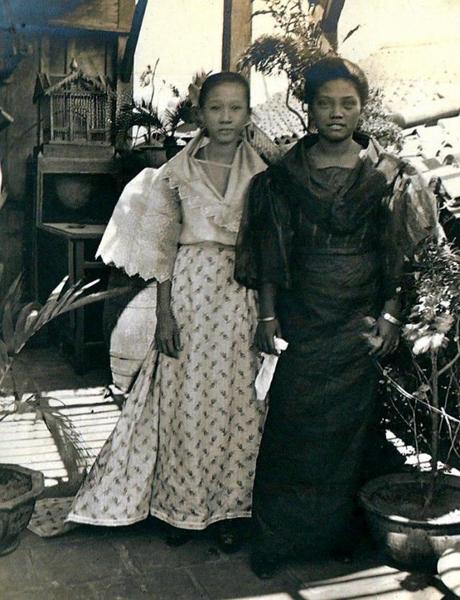 Source of Photos: Matthew Westfall’s FB Page.
Source of Photos: Matthew Westfall’s FB Page.
16.033333
120.550000







posted on 02 June at 04:15
Love this classic picture of my beloved town of Manaoag.What a transformation! From a quiet and simple little village to, now a very busy town.
posted on 14 March at 03:06
Thesilentpal, from the shrine website, the whole church was burned in may 10, 1898. Dominican returned in 1901 and church finally completed in 1911-1912. If the photo was taken 1900-1903, then it could be possible. may be by 1903, what was constructed is only the foundation so it is not visible in the picture.
posted on 13 March at 07:23
For the old manaoag photo, I wonder what's the concrete building on the right side? The long road strip is now Milo St. along magic mall manaoag going to Calaocan then to sapang.
posted on 13 March at 07:12
The San Jacinto , Pangasinan photo featured seems to be the San Jacinto Catholic School. The building is still in its place up to now. At the right side is the San Jacinto Catholic church?
posted on 13 March at 07:10
The Pozorrubio, Pangasinan building featured is still standing in its place. the walls at the ground floor are made of bricks. the building is vintage and is still functioning up to now. I exactly don't know what local govt ioffice in that town is using.